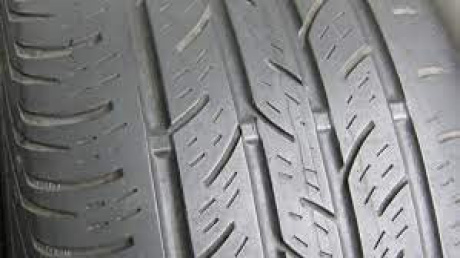
Tires are typically made of complex materials, which include silicone and rubber that are reinforced with polyester and nylon layers, or steel cord threads. Tread is known to be quite a crucial part of gripping the road. As a result, we see tire treads in a number of patterns made up of combinations of ribs, lugs, and various other elements.
Ribs are known to be the contact bars that happen to run around the tire tread circumference and have grooves between them. The ribbed tires offer excellent stability and are therefore used for the steering wheels of different buses and trucks.
Features of ribbed tires
The ribbed tires are specialized for highways and streets and are designed to offer you more traction on the dry as well as the wet roads. Their light truck version is specially engineered to handle pressure, while the multiple plies, steel belts, and reinforced sidewalls make these tires durable and help them to resist any scuffs, bumps, or even punctures.
Although you will find a variety of patterns for the rib treads, you can have a better ability to prevent hydroplaning and evacuate water on the wet highways when you have straighter ribs. Because of the design, ribbed tires can be great for treadwear. These tires are great for those who look for even wear, good mileage, and good traction for dry and wet surfaces.
What is the main function of the ribs on the tires?
These days, tires have tread rib patterns that run around the tires circumferentially, thus dividing the tread area into different sections on ribs. Usually, these rib blocks run parallel to the line of travel of the tire, thus offering a consistent contact patch.
The ribs are designed as a continuous block to give increased tread rigidity divided by grooves for improved cooling. There is a particular role that each of the ribs is designed to play.
- The center rib or the rib closest to the centerline of the tire is responsible for the linear performance characteristics of the tire. As a result, it provides traction during accelerating and braking and stabilizes the directional input of the wheel.
- On the other hand, the shoulder ribs are the closest ones to each sidewall and are responsible for the lateral handling of the tire capabilities. Because of this, the tire gets support and a grip when cornering, and these are generally considered to be the thickest tread parts.
Final Words
The tread patterns offer a variety of features that are molded into the rubber compound in order to support a load of a vehicle while resisting wear and heat. The smooth or the ribbed tires make optimum contact with the majority of work surfaces for a smooth roll and easy traction.
The most important thing for you is to evaluate the requirements of your car and your driving plan. If you reside in a warm area and have to travel many miles, then the ribbed tires can be the ideal fit for your vehicle.
Same articles

Understanding Vehicle Inspection and Verification Services: Why They Matter for Every Driver
GuidesVehicle inspection and verification services are an essential but often overlooked part of keeping roads safe and cars legally compliant. Most people only think about inspections when it’s...
KLIFEX Brand Overview: High-Quality Automotive Repair Kits for Affordable Repairs
GuidesThe automotive aftermarket has long needed solutions that combine reliability, durability, and affordability. Many car enthusiasts and services are looking for a way...
Fast, Reliable Vehicle Emissions & Inspection Services Made Simple
GuidesFast, reliable emissions and inspection services are essential for keeping vehicles road-ready, compliant with environmental regulations, and safe for daily driving. If you’re looking for quick...

